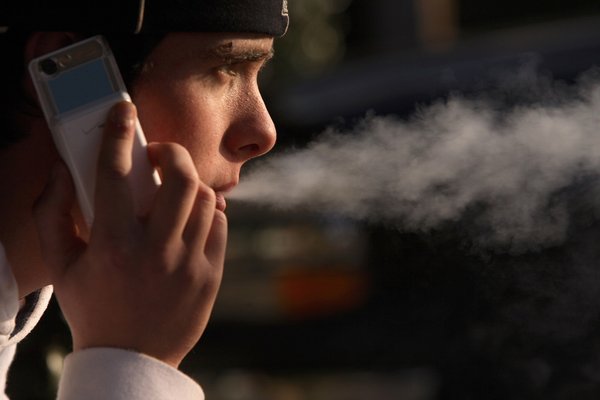National Report: North Dakota Ranks 1st in Protecting Kids from Tobacco
Washington, DC – Fifteen years after the 1998 state tobacco settlement, North Dakota ranks 1st in the nation in funding programs to prevent kids from smoking and help smokers quit, according to a national report released today by a coalition of public health organizations.
North Dakota currently spends $9.5 million a year on tobacco prevention and cessation programs, which meets the funding level recommended by the U.S. Centers for Disease Control and Prevention (CDC). North Dakota is one of only two states, along with Alaska, that currently fund tobacco prevention programs at CDC-recommended levels.
Other key findings for North Dakota include:
• North Dakota this year will collect $64.3 million in revenue from the 1998 tobacco settlement and tobacco taxes and will spend just 14.8 percent of it on tobacco prevention programs.
• The tobacco companies spend $27.9 million a year to market their products in North Dakota. This is 3 times what the state spends on tobacco prevention.
The annual report on states’ funding of tobacco prevention programs, titled “A Broken Promise to Our Children: The 1998 State Tobacco Settlement 15 Years Later,” was released by the Campaign for Tobacco-Free Kids, American Heart Association, American Cancer Society Cancer Action Network, American Lung Association, the Robert Wood Johnson Foundation and Americans for Nonsmokers’ Rights.
A 2008 voter-approved ballot initiative requires North Dakota to fund a tobacco prevention and cessation program at the CDC-recommended level. In just two years, from 2009 to 2011, North Dakota reduced smoking among high school students by 13.5 percent (from 22.4 percent to 19.4 percent who smoke).
North Dakota made further progress in 2012 when voters overwhelmingly approved a comprehensive smoke-free law that applies to all workplaces, including restaurants and bars. Health advocates are urging North Dakota leaders to also increase the state’s cigarette tax, which at just 44 cents per pack ranks 46th in the nation and is well below the state average of $1.53 per pack.
“We applaud North Dakota for its strong commitment to preventing kids from smoking, helping smokers quit and protecting all its citizens from harmful secondhand smoke,” said Matthew L. Myers, President of the Campaign for Tobacco-Free Kids. “North Dakota is making a smart investment in tobacco prevention that will save lives and save money by reducing tobacco-related health care costs. To further reduce tobacco use, North Dakota’s leaders should also increase the tobacco tax.”
In North Dakota, 19.4 percent of high school students smoke, and 400 more kids become regular smokers each year. Tobacco annually claims 800 lives and costs the state $247 million in health care bills.
Nationally, the report finds that most states are failing to adequately fund tobacco prevention and cessation programs. Key national findings of the report include:
• The states this year will collect $25 billion from the tobacco settlement and tobacco taxes, but will spend just 1.9 percent of it – $481.2 million – on tobacco prevention programs. This means the states are spending less than two cents of every dollar in tobacco revenue to fight tobacco use.
• States are falling woefully short of the CDC’s recommended funding levels for tobacco prevention programs. Altogether, the states have budgeted just 13 percent of the $3.7 billion the CDC recommends.
There is more evidence than ever before that tobacco prevention and cessation programs work to reduce smoking, save lives and save money. Florida, which has a well-funded, sustained tobacco prevention program, reduced its high school smoking rate to just 8.6 percent in 2013, far below the national rate. One study found that during the first 10 years of its tobacco prevention program, Washington state saved more than $5 in tobacco-related hospitalization costs for every $1 spent on the program.
Tobacco use is the number one cause of preventable death in the U.S., killing more than 400,000 people and costing $96 billion in health care bills each year. Nationally, about 18 percent of adults and 18.1 percent of high school students smoke.
More information, including the full report and state-specific information, can be obtained at www.tobaccofreekids.org/reports/settlements.

